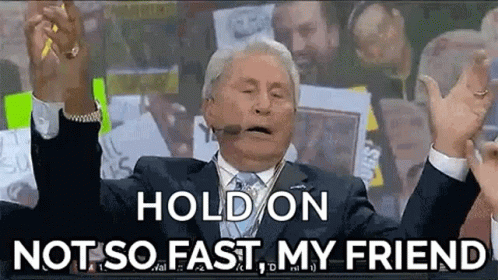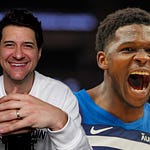How deep is your “bag” is currently all the rage in basketball.
It doesn’t matter what level you look at; this is the center of most player’s focus.
I can already see some faces here looking like, “What the hell is this guy talking about? He’s highlighting moves in these videos. He’s part of the problem!”
In my first conversation with every client, I expressed one central concept to them about the Stacking1 program:
We will not work on moves; we will teach your body how to move.
I focus on cultivating footwork and body movement habits that turn into instincts during games.
There is a massive distinction between choreographed “moves” and teaching the body a movement tree that creates optionality and affords players straightforward “yes or no” decisions.
The distinction between these two schools of thought is buried deep in the details of the why. But once you see it, the difference becomes as clear as those new 8K televisions that Costco2 puts right in your face as soon as you walk in. Pretty clear!
Core 3 Changes:
Anyway, now that the “bag” conversation is over, we can move on to the simple things, like how the best players in the world use Core 3 changes (speed, levels, and directions) to create early wins.
Core 3 changes can be used on or off the ball. The farther ahead of the play you are mentally, the more effectively you can be in setting up an action with a Core 3 change. I like to use the phrase:
Be a good actor.
The ideal outcome for a Core 3 change is to create one split second of fear in the defender; that’s all you need to be able to play from a one-step advantage.
Paul George uses Core 3 changes extraordinarily well (on and off the ball). He plays the game with great process, and young players can learn a ton from watching him play the game.
I call the program that I put every NBA player through Stacking. The program's concept revolves around the idea of compound interest; every movement we do builds on the one before it, so we get an effect similar to compound interest.
Is there anything better than having your garage stocked with five backups of everything you need after a Costco run?




















How Paul George Uses Core 3 Changes To Create Early Advantages